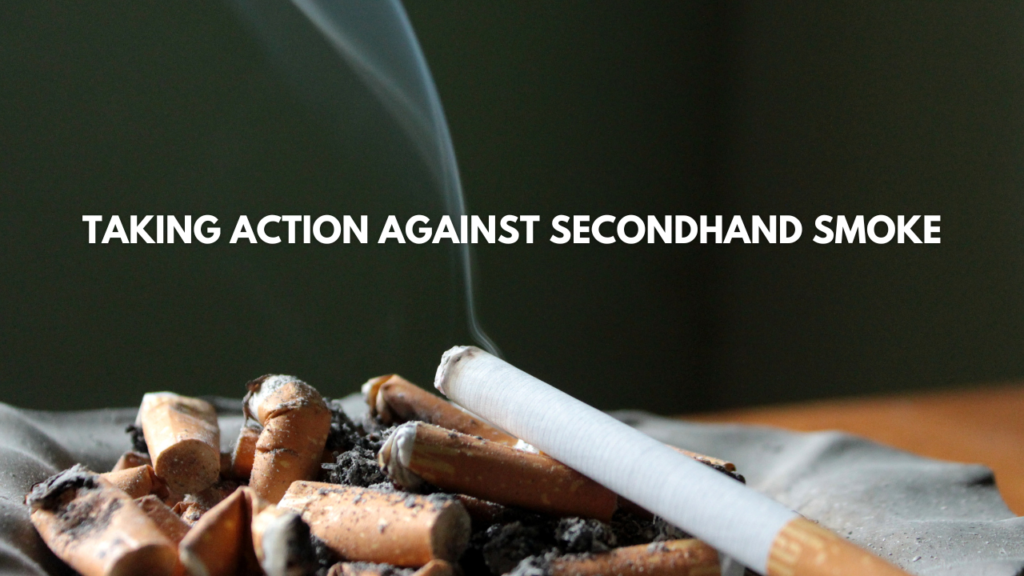
Secondhand smoke from cigarettes is one of the leading underlying causes of death in the U.S., accounting for 3,000 deaths due to lung cancer and 35,000-62,000 deaths due to heart disease each year. It also contributes to asthma and other illnesses in children. The Latino community seems to have smoking rates that are at least as high as the state as a whole.1 Recognizing that culture shapes the way health messages are understood and received, the Association for Nonsmokers–Minnesota asked for HACER’s help in conducting focus groups to explore the Latino community’s perceptions of secondhand smoke and its reaction to various kinds of messages about secondhand smoke.
HACER organized and conducted 4 focus groups between August 14 and 30, 2001: 2 in St. Paul and 2 in Willmar, Minnesota. In St. Paul, one focus group, organized for parents and grandparents, was conducted in Spanish; the other, organized for community leaders, was conducted in English. The same plan was intended for Willmar, but some individuals scheduled for one group came instead to the other, and both groups were conducted in Spanish. For this reason, it is hard to distinguish between the remarks of community leaders and typical parents in the Willmar focus groups.
The parent focus group in St. Paul consisted of 8 persons, including 5 with children under 18 and 3 who were grandparents. The leaders focus group from St. Paul consisted of 12 persons, 9 of whom had children. Nearly all members of the parents group were born in Mexico (7 of 8), while only half of the leaders group members (6 of 12) were born outside the U.S., either in Mexico or Chile. Average number of years lived in the U.S. was 10 years for the parents group and 32 years for the leaders. Three-fourths of the leaders (9 of 12) had completed college or attended some college, and all had finished high school. Among the parents group, 3 of 8 had attended college, 3 finished high school, and 2 were not high school graduates.
In Willmar, 17 persons participated in the two focus groups. Almost all (15 of 17) were born outside the U.S., primarily in Mexico (10) but also Guatemala (3), Honduras (1) and Panama (1). They have lived in the U.S. an average of 10 years, ranging from 4 months to 32 years. Only 3 had attended college, 8 were high school graduates, and 6 had not completed high school.
